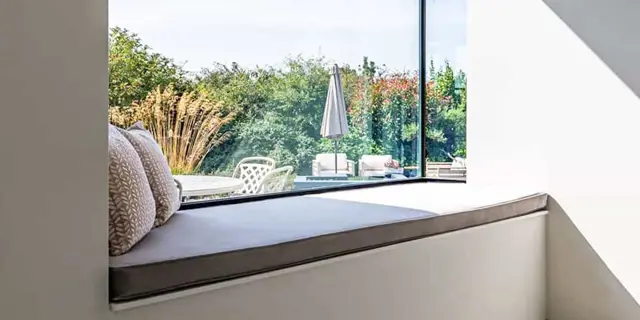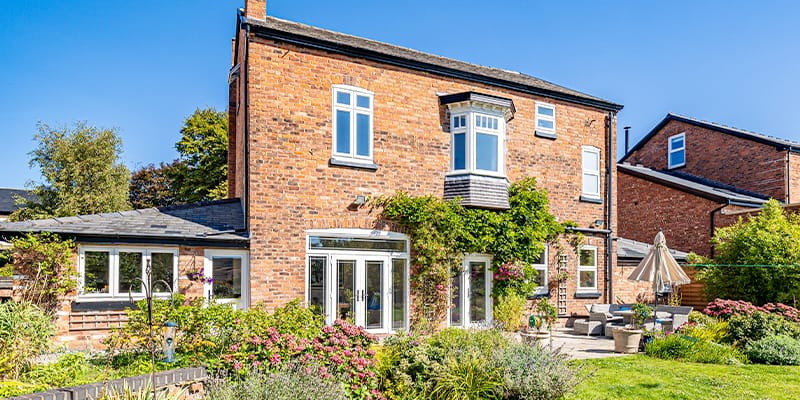What Is an Oriel Window and Why It Matters in Architecture
When designing building architects add features to achieve both form and function. One such feature has been a big influence in both historic and modern architecture is the Oriel window. We look back in time to see why this feature has plaid such an important role in the design of both buildings of the past and how its has evolved to become a key element in modern extensions and high end property development of today.
Understanding Oriel Windows
What is an Oriel Window?
An Oriel window is an architectural feature where a section of the building that projects from the main façade as part of a window opening. Historically this has been done to create a bay or alcove creating both architectural interest internally and externally. Externally the Oriel window will often feature decorative mouldings or detailed stonework. Internally unique spaces are created as well as additional light flow. Advances in glazing technology mean we are now able to create Oriel windows entirely from glass adding a modern twist to the traditional Oriel window.
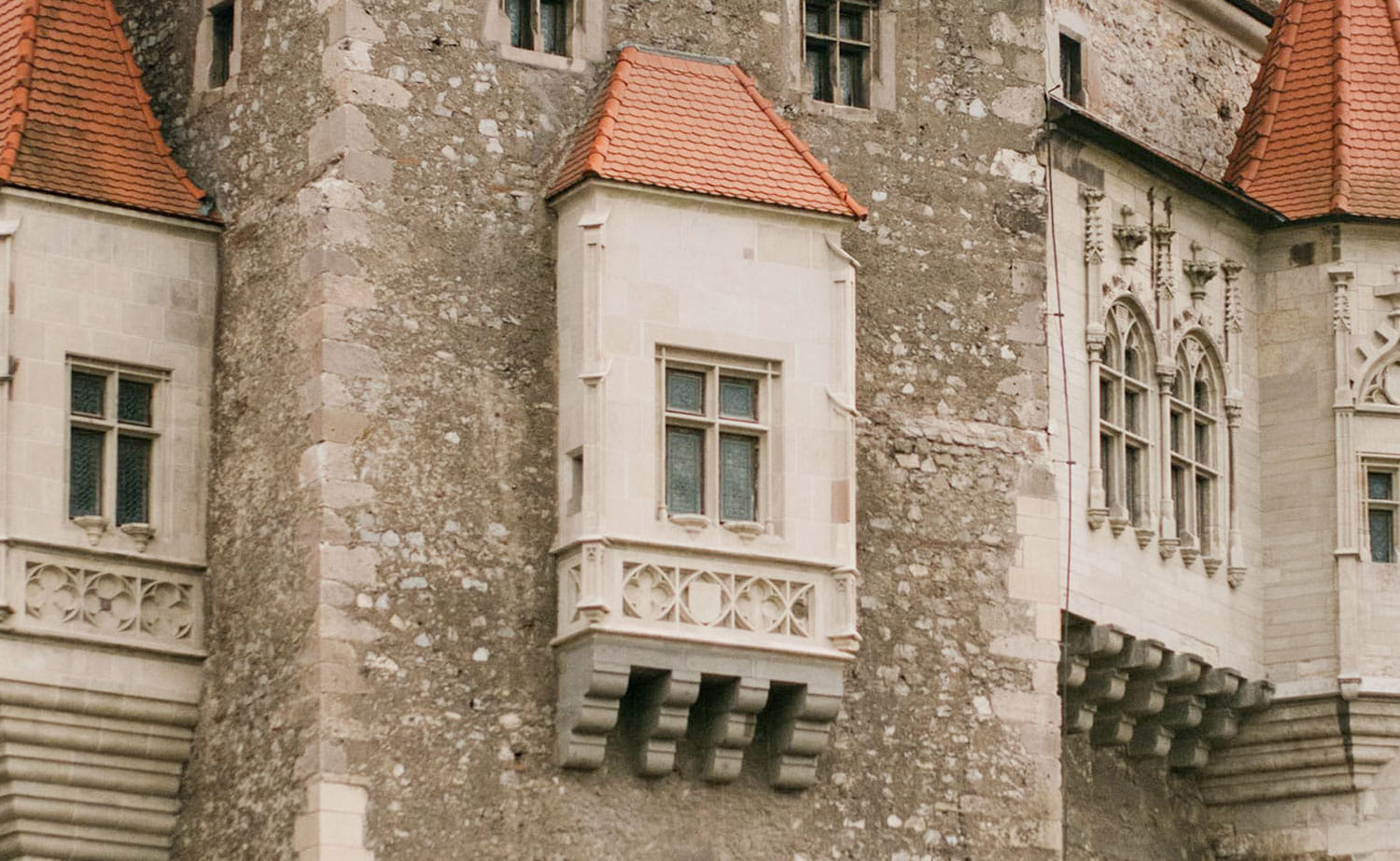
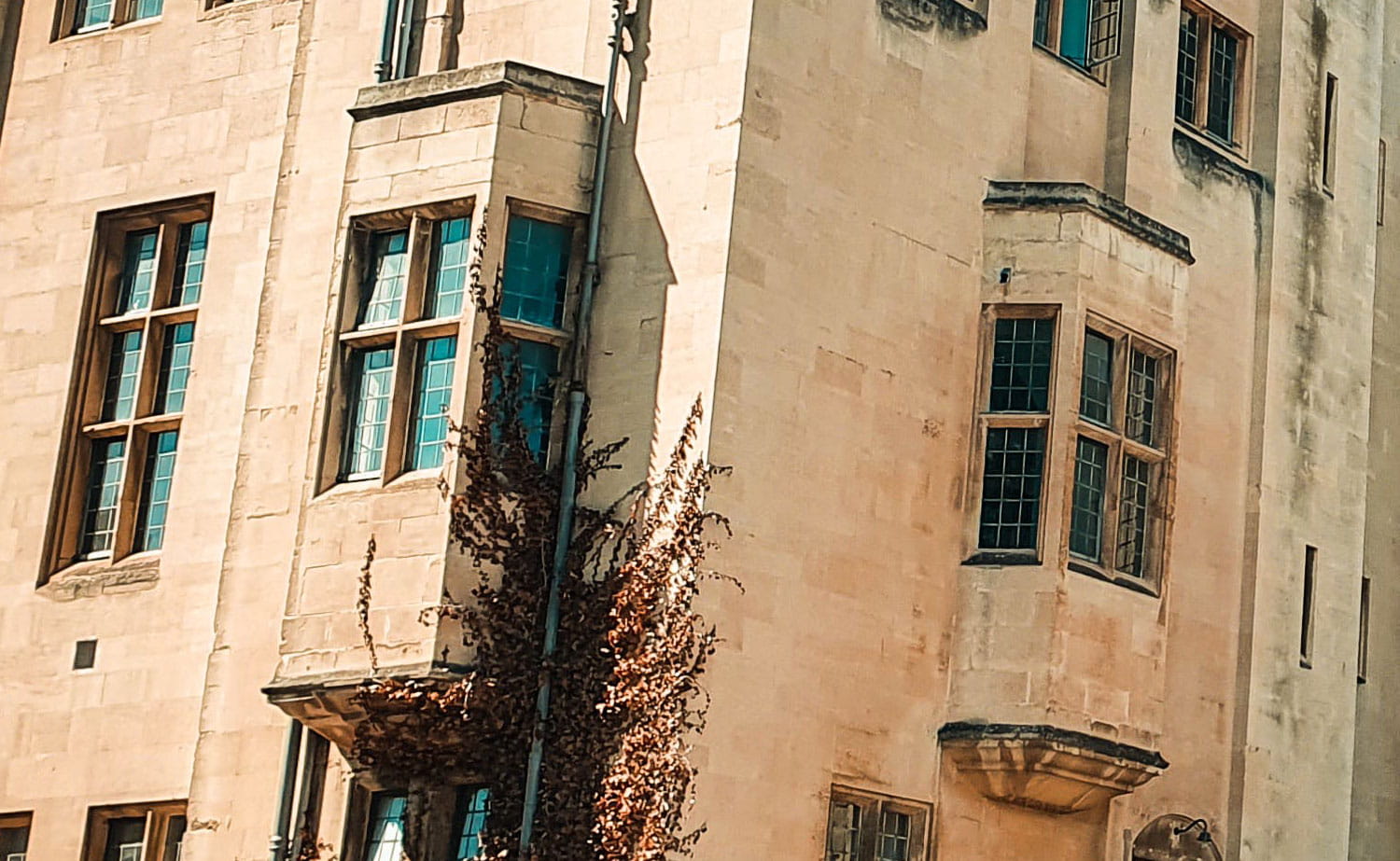
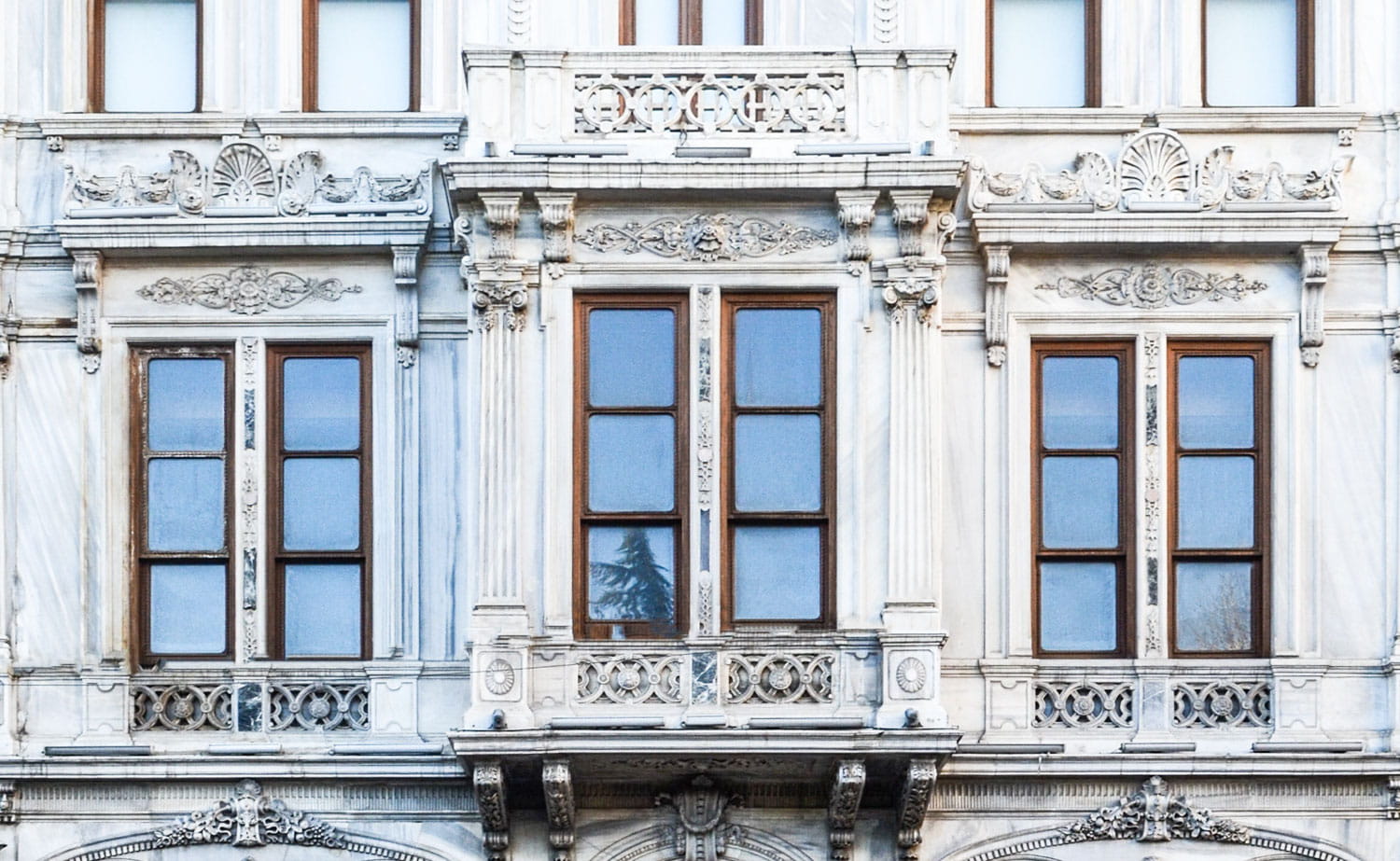
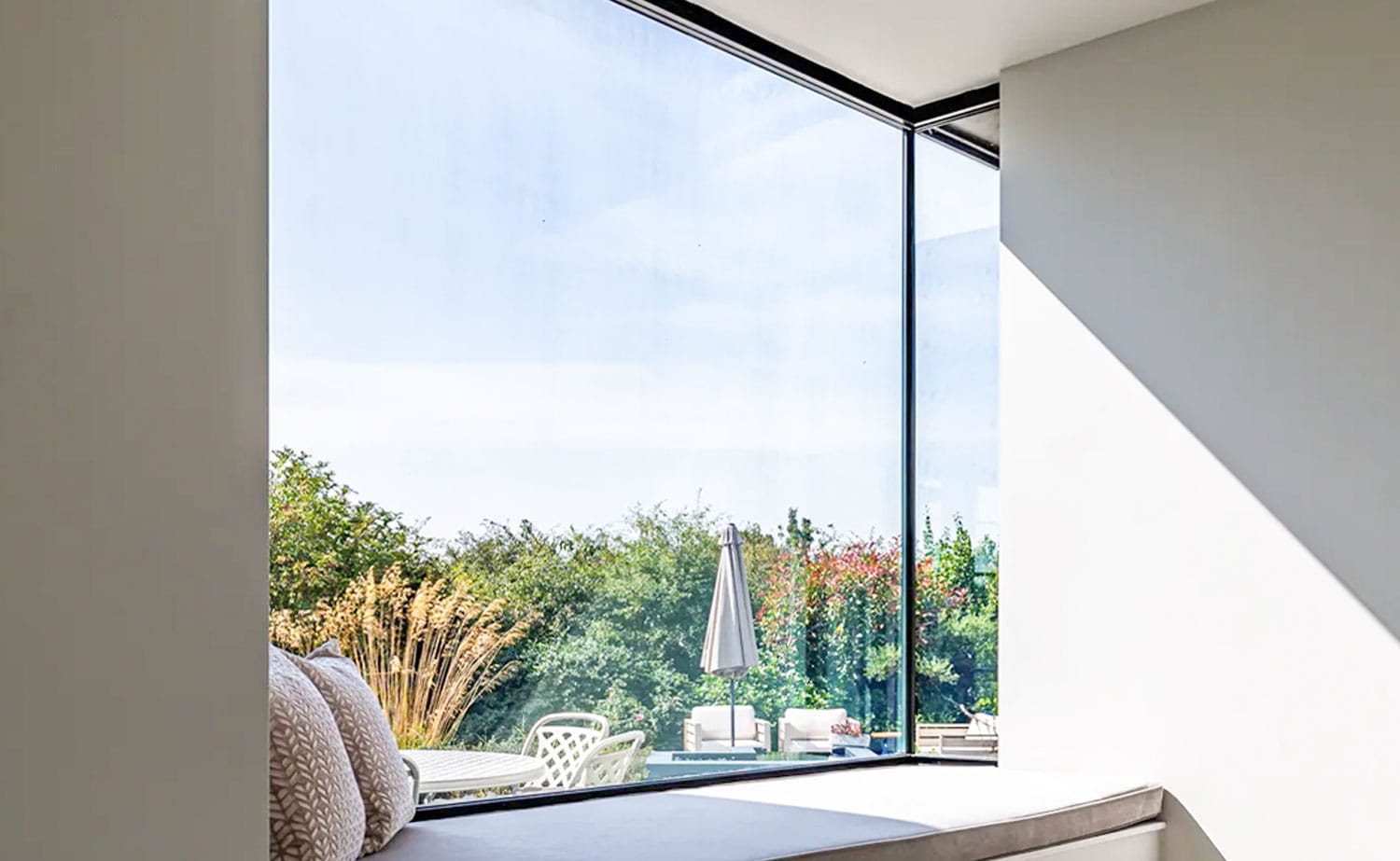
Historical Roots of Oriel Windows
The projecting design of Oriel windows is something we have become a custom to seeing on buildings of importance all over the world. Over the years as technology has evolved and we have seen changes to the shapes, size and design of oriel windows. We take a look back through different periods in time to understand how the oriel window has evolved into what we consider today as an modern oriel window.
Medieval Beginnings:
Earliest examples of the Oriel windows date back to the 15th century with particular prevalence in the Gothic period. Commonly found on churches and castles the oriel windows of medieval periods where stone structures protruding from building supported by corbels or brackets often featuring intricate detail.
Renaissance Refinement:
The Renaissance period of architecture was a period of increased elaborate detailing. Column, pillars and decorative moulding became more prevalent and the oriel window was no exception. Oriel windows became commonplace on grand residential developments as a status symbol.
Tudor and Jacobean Influence:
In Tudor times oriel windows played a prominent role and continued to grow in popularity. With the growth of timber being used externally intricate carving became common place. Lead lighting glazing panels also rose in popularity during this time and where often used within the timber Oriel windows.
Georgian Simplicity:
The Georgian era brought about a shift towards neoclassical simplicity. Oriel windows, while still present, were often more restrained in design. Symmetry and simple straight lines became more common during this time.
Victorian Revival:
The Victorian era seen a revival of Gothic architecture and intricate detailing once again became more common place. Architects embraced the oriel window and it once again became more popular in building design. Detailed stone work, stained glass windows became popular in Victorian homes.
20th Century Adaptations:
The 20th century brought about a range of architectural styles, and oriel windows continued to adapt. In the Arts and Crafts movement, architects celebrated craftsmanship and individuality, leading to the incorporation of unique oriel designs in residential homes. Modernist influences in the mid-20th century introduced a departure from traditional ornamentation, favouring clean lines and simplicity.
Contemporary Elegance:
Today, oriel windows have evolved into a symbol of contemporary elegance. With modern structural glazing technology Oriel windows can be made entirely of glass maximising on views and light.
Oriel Windows Today
Contemporary Adaptations:
In the 21st century, oriel windows continue to be embraced by architects and designers. Modern adaptations draw inspiration from historical styles while incorporating innovative materials and technologies. Oriel windows are featured in residential, commercial, and institutional buildings, providing not only aesthetic value but also functional benefits like increased natural light and panoramic views. With the structural properties of modern glass, modern oriel windows appear as glass boxes floating from the façade of the building adding a sense of magic to the design and construction.
Why Oriel Windows Matter
Architectural Interest: Oriel windows contribute to the overall character and charm of a building.
Functionality: Oriel windows offer practical benefits such as improved light flow and the creation of unique interior spaces.
Conclusion
Oriel windows have a rich history in architectural design and have remained as a great way to add both architectural interest to a property both internally and externally. Over time building technology has evolved and the landscape of design has adapted to these changes. Today we have evolved to create Oriel windows entirely from glass with an extremely small amount of frame which is almost entire invisible. If you are looking for ways to add architectural interest to your property an Oriel window could be the perfect option.
